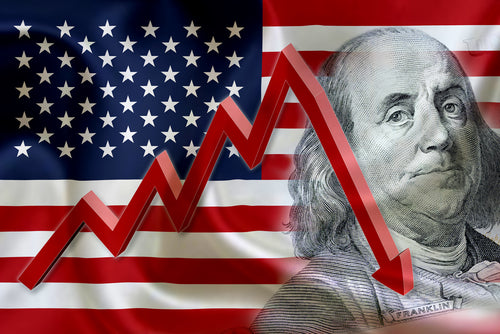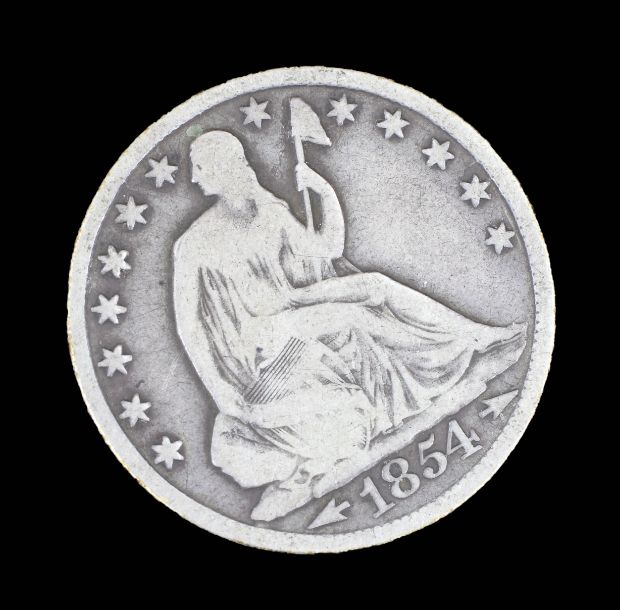WHAT A FLAT BOND YIELD SAYS ABOUT THE MARKET
Last week, the yield on short-term bonds rose above the yield on 10-year bonds, a move that suggests a negative economic outlook for the future. This pattern was last seen in 2007, and if that scares you, it should. An inverse yield curve — the technical name for the flip in rates between short-term and long-term bond yields, where long-term bonds return worse rates – is widely considered to be one of the most reliable indicators of a recession.
Markets fluctuate from day to day, and a flat bond yield on a single day won’t automatically send the economy tumbling into a recession. Normally, it takes a sustained period of inverted rates, usually three months, before analysts will call a recession from this indicator. Still, the market drop speaks for itself – one day of this pattern was enough to spook investors.
Consider the implications of this move: When long-term rates are lower than short-term rates, this is a signal that investors have lost confidence in the direction of the economy looking ahead. In other words, investors know it’s time to prepare for a recession.
WHY A RECESSION IS LIKELY FORTHCOMING
The current bull market is getting long in the tooth. No matter what the traders say, it can’t continue to rise forever. A drop is to be expected, if only to correct the overvaluation of equities we’ve seen over recent months.
Other indicators of financial trouble exist as well. Markets rallied after the Federal Reserve announced it would halt interest rate hikes, going back on its previous pledge to raise rates in 2019, but is this move something to cheer about? Optimists may paint a rosy picture by saying that this will keep the bull market going, but a pause on interest rate increases suggests that the Fed isn’t all that confident in the economy. There’s still uncertainty with trade relations, which is affecting United States businesses.
On the global stage, the United Kingdom appears to be moving toward a no-deal Brexit, which will almost certainly bring chaos to the entire Eurozone. Look no further than the French port protests in anticipation of Brexit, where port workers stalled shipping traffic. The latest news from Germany doesn’t alleviate tension, either: There, the yield on 10-year bond dropped below zero.
Analysts are trying to calm worried investors by suggesting that if a recession does occur, it won’t be for another year or so. They suggest checking in with bond yields once there’s a month’s worth of data to look at.
Although leaping to conclusions isn’t a good investment strategy, there are too many indicators of a recession to comfortably ignore. The best–case scenario would be that the economy slows, hovering just above a recession. The worst–case scenario would be the third recession in a decade after the dot-com bubble and the great recession.
Even though the stock market bounced back on Monday, the bond market is still troubled. Market sector disagreement reflects the general pattern of this late bull market, where Wall Street is plowing ahead, ignoring all of the red flags, and savvy investors are seeking shelter.
Bond futures suggest that the Fed will soon start to backpedal, looking to quantitative easing to bolster the economy. Because the Fed only recently began to raise rates, there’s not much room to go low. Doubters suggest that easing won’t help the way it did in the 2008 recession.
When such a reliable indicator of a recession confirms troubling patterns throughout the economy, the best course of action is to take stock of your portfolio and your tolerance for risk. There’s nothing wrong with trying to ride this bull to the end, but remember that you can never time the market. Adding a safe haven like gold to your portfolio gives you a buffer, much the same way the Fed knows it can always claw back interest rates.
Real Time Precious Metals Data Below








